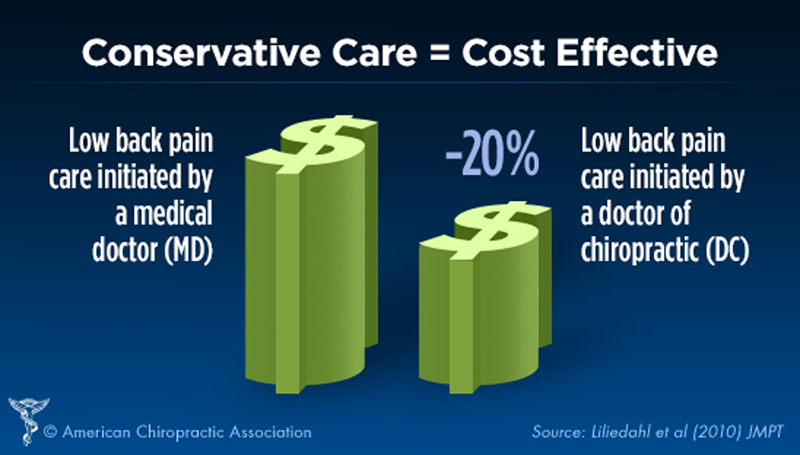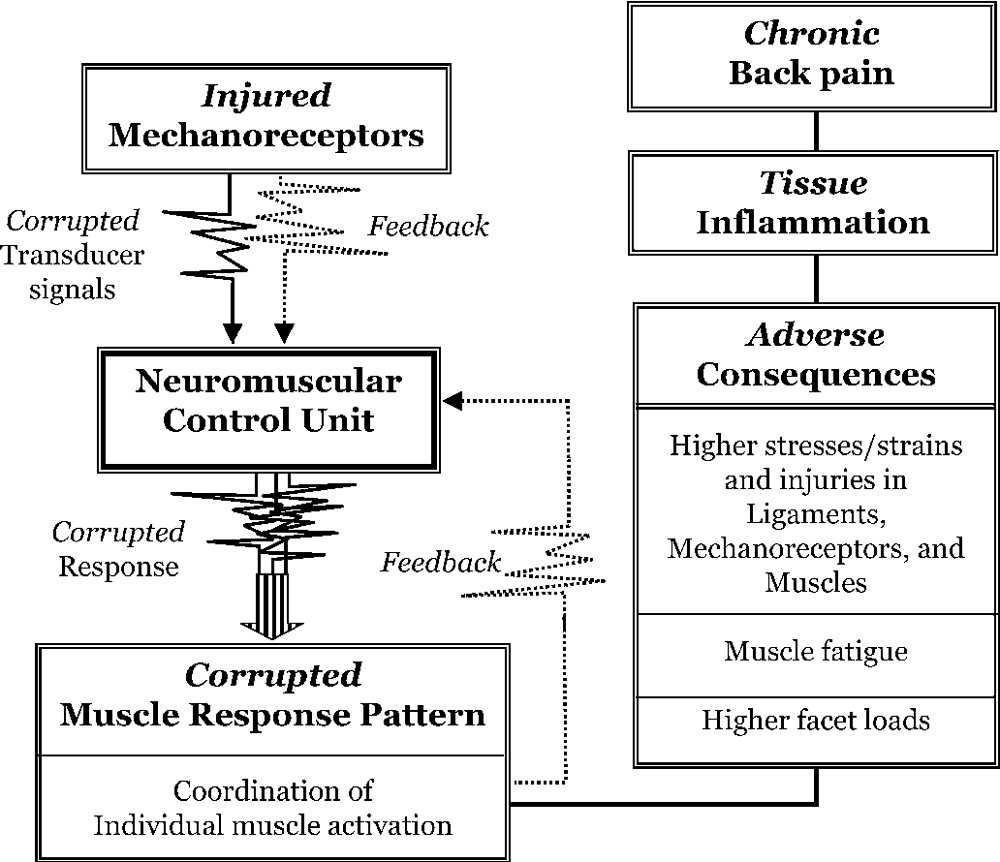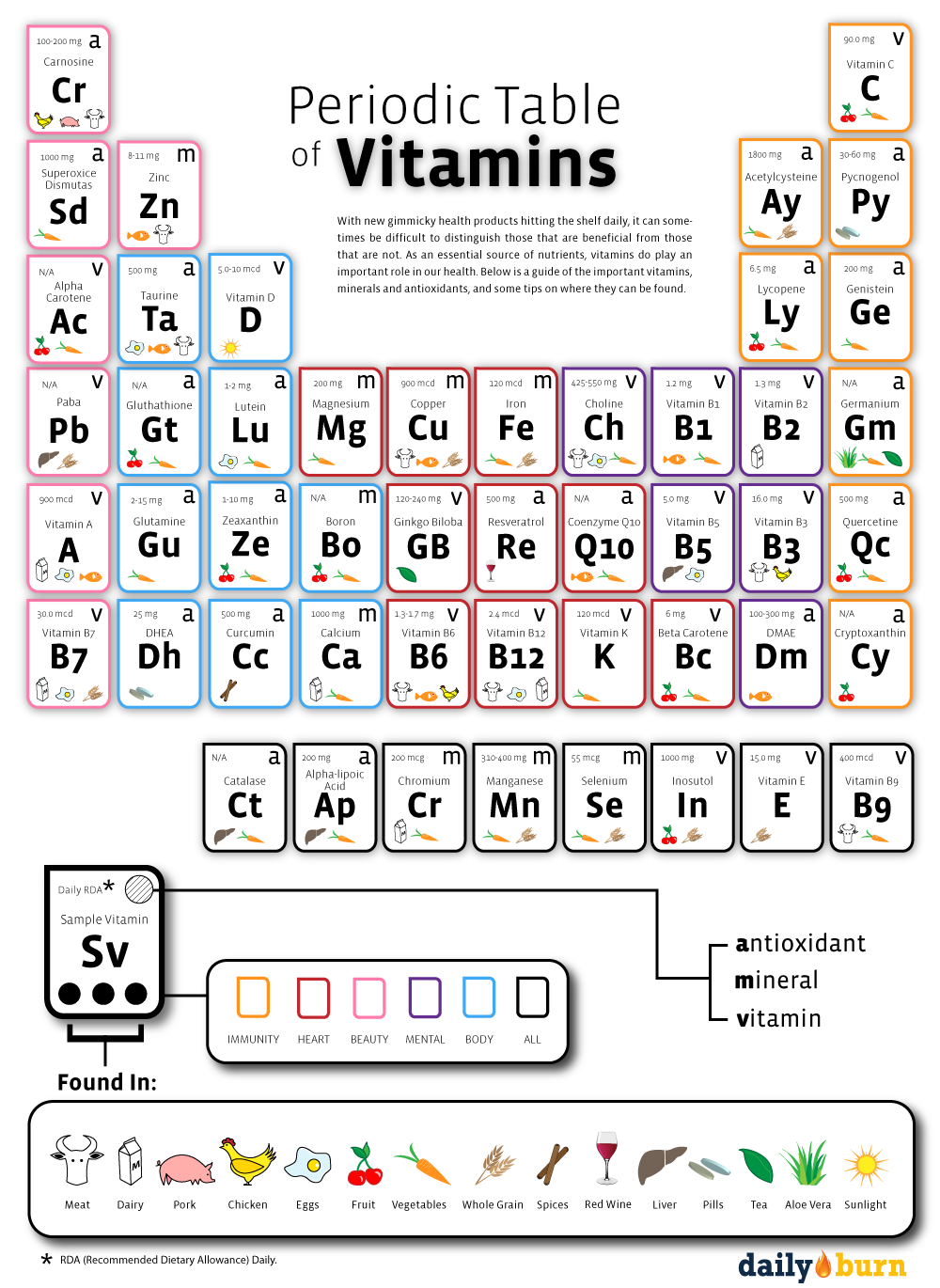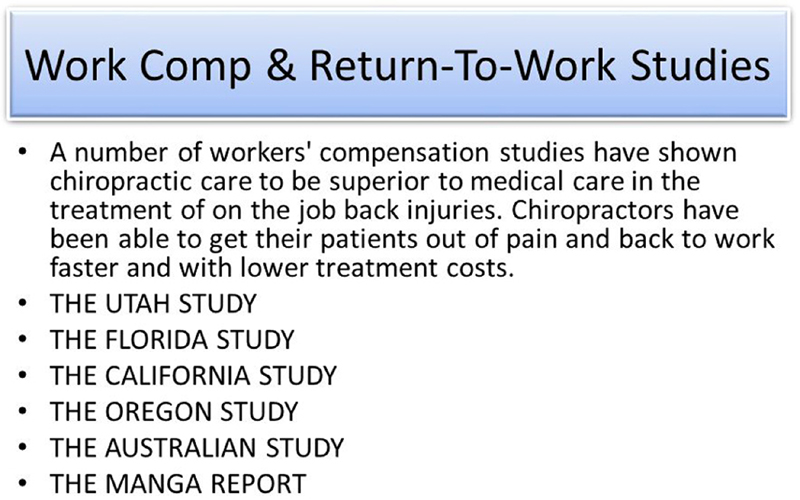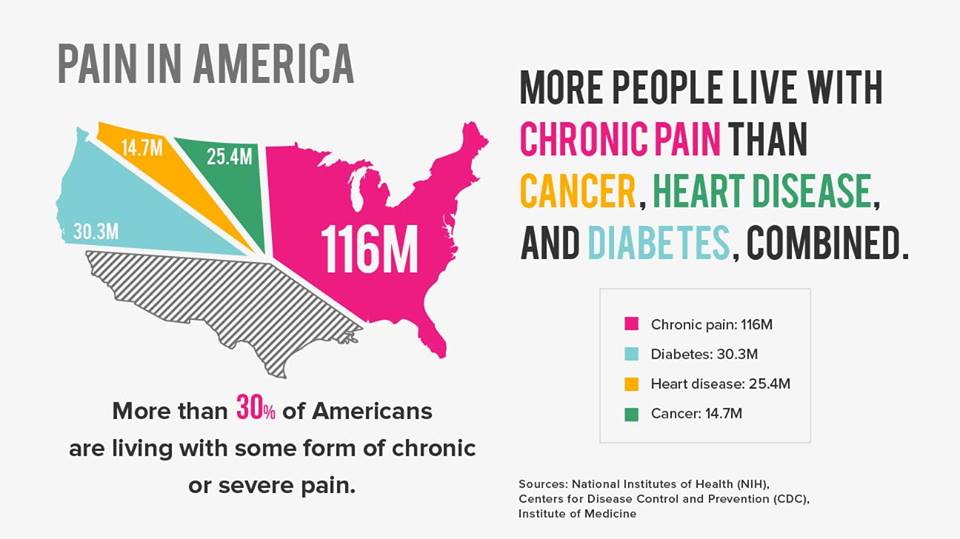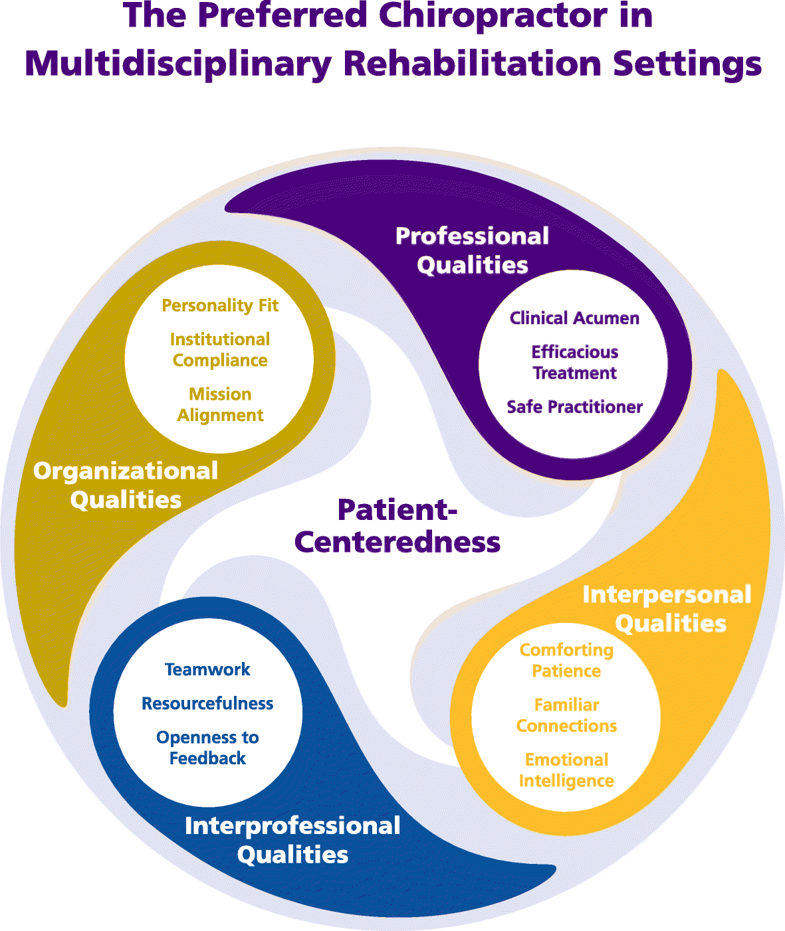Comparative Effectiveness of Usual Care With or Without
Comparative Effectiveness of Usual Care With or Without Chiropractic Care in Patients with Recurrent Musculoskeletal Back and Neck Pain
SOURCE: J Gen Intern Med. 2018 (Jun 25) [Epub]
Charles Elder, MD MPH, Lynn DeBar, PhD MPH, Cheryl Ritenbaugh, PhD MPH, John Dickerson, PhD, William M. Vollmer, PhD, Richard A. Deyo, MD MPH, Eric S. Johnson, PhD, and Mitchell Haas, DC MA
Kaiser Permanente Center for Health Research,
Portland, OR, USA.
BACKGROUND: Chiropractic care is a popular alternative for back and neck pain, with efficacy comparable to usual care in randomized trials. However, the effectiveness of chiropractic care as delivered through conventional care settings remains largely unexplored.
OBJECTIVE: To evaluate the comparative effectiveness of usual care with or without chiropractic care for patients with chronic recurrent musculoskeletal back and neck pain.
STUDY DESIGN: Prospective cohort study using propensity score-matched controls.
PARTICIPANTS: Using retrospective electronic health record data, we developed a propensity score model predicting likelihood of chiropractic referral. Eligible patients with back or neck pain were then contacted upon referral for chiropractic care and enrolled in a prospective study. For each referred patient, two propensity score-matched non-referred patients were contacted and enrolled. We followed the participants prospectively for 6 months.
MAIN MEASURES: Main outcomes included pain severity, interference, and symptom bothersomeness. Secondary outcomes included expenditures for pain-related health care.
KEY RESULTS: Both groups’ (N = 70 referred, 139 non-referred) pain scores improved significantly over the first 3 months, with less change between months 3 and 6. No significant between-group difference was observed. (severity – 0.10 (95% CI – 0.30, 0.10), interference – 0.07 (– 0.31, 0.16), bothersomeness – 0.1 (– 0.39, 0.19)). After controlling for variances in baseline costs, total costs during the 6–month post-enrollment follow-up were significantly higher on average in the non-referred versus referred group ($1,996 [SD = 3874] vs $1,086 [SD = 1212], p = .034). Adjusting for differences in age, gender, and Charlson comorbidity index attenuated this finding, which was no longer statistically significant (p = .072).
There are more articles like this @ our:


